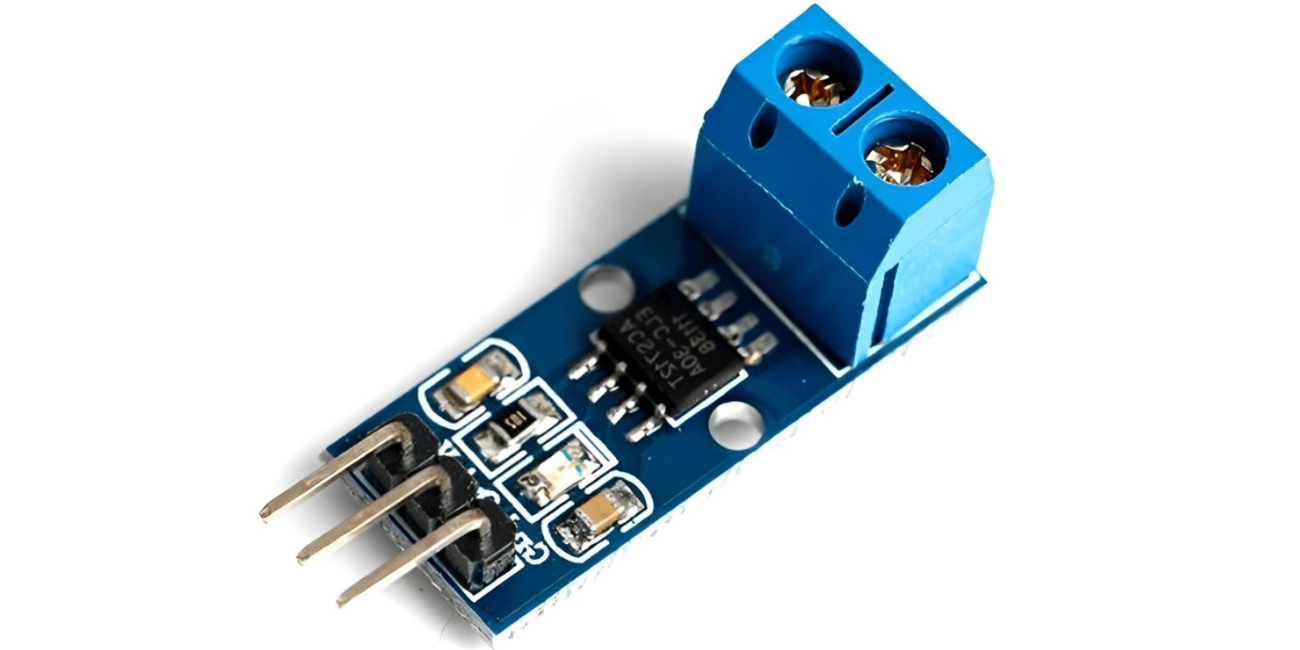
DSM Online Support
Support Master
Welcome to DSM Online
How can I help you today
How can we assist you? please let us know the support you need from DSM Online

Introduction
In the realm of electronics, precise current measurement is paramount for a myriad of applications. From battery chargers to motor controllers and power supplies, current sensors play a crucial role in monitoring and controlling electrical systems. Among the popular choices for current sensing, the ACS712 stands out as a versatile and affordable solution. This blog delves into the intricacies of the ACS712, exploring its features, working principles, and practical applications.
What is an ACS712?
The ACS712 is a high-precision, low-offset, linear Hall-effect-based current sensor IC. It's designed to measure both AC and DC currents with exceptional accuracy. The core technology behind the ACS712 is the Hall effect, a phenomenon where a voltage is generated across a conductor when it is subjected to a magnetic field perpendicular to the current flow.
Key Features of the ACS712
How Does the ACS712 Work?
The ACS712 operates on the principle of magnetic field sensing. The current to be measured flows through a copper conductor that is integrated into the IC. This current generates a magnetic field proportional to its magnitude. A Hall sensor, located near the conductor, detects this magnetic field and converts it into a voltage. This voltage is directly proportional to the current flowing through the conductor.
Practical Applications of the ACS712
The ACS712's versatility makes it suitable for a wide range of applications, including:
Connecting the ACS712 to a Microcontroller
To utilize the ACS712 with a microcontroller, you typically need to connect the following pins:
Conclusion
The ACS712 is a powerful tool for current sensing in various electronic applications. Its ease of use, high accuracy, and wide range of features make it a popular choice among hobbyists, engineers, and researchers alike. By understanding its working principles and practical applications, you can effectively leverage the ACS712 to build innovative and efficient electronic systems.